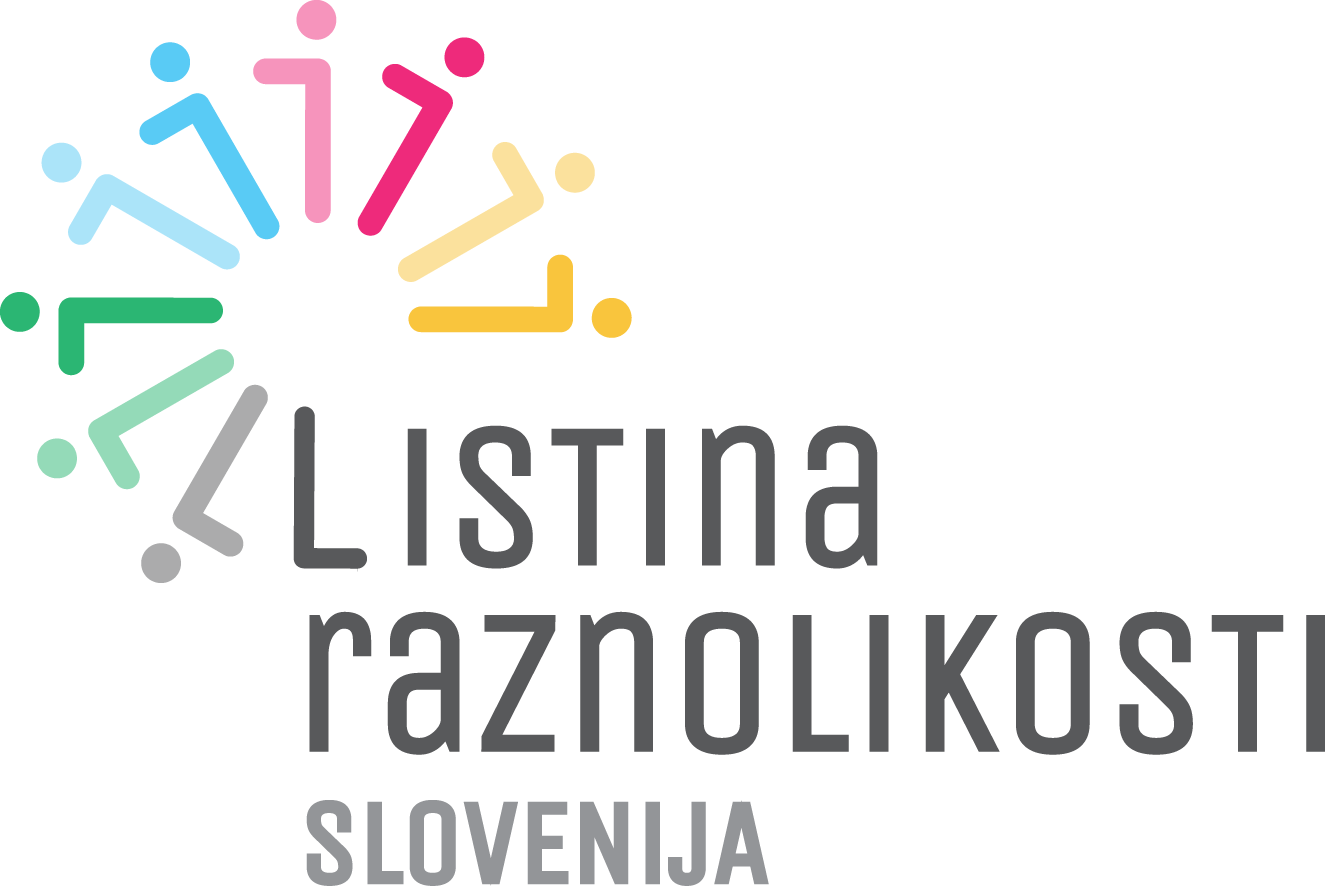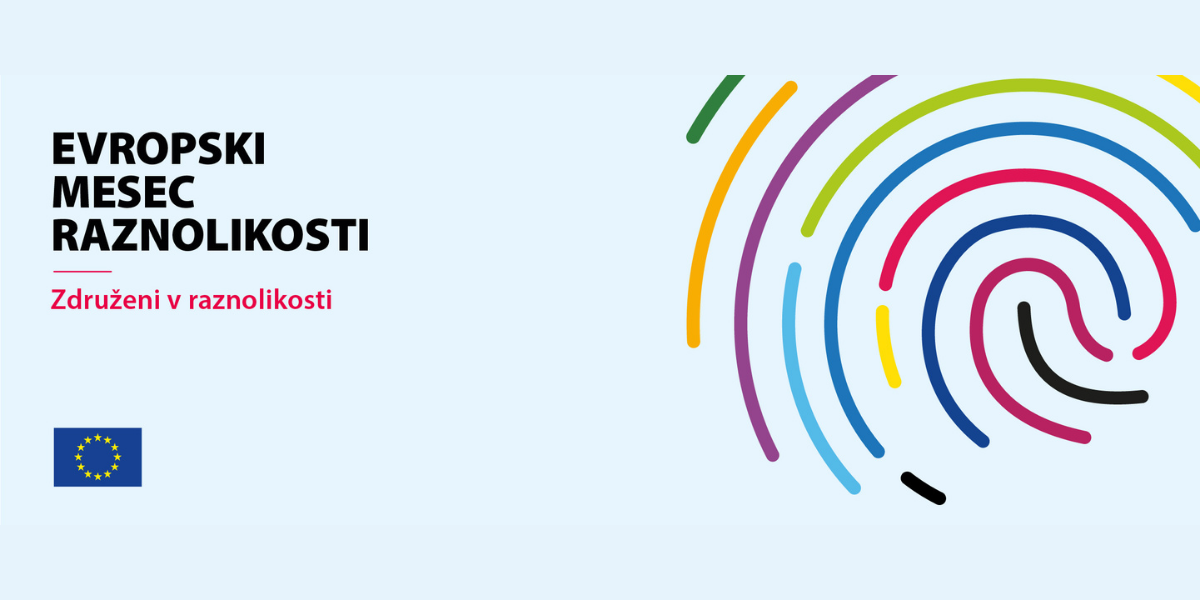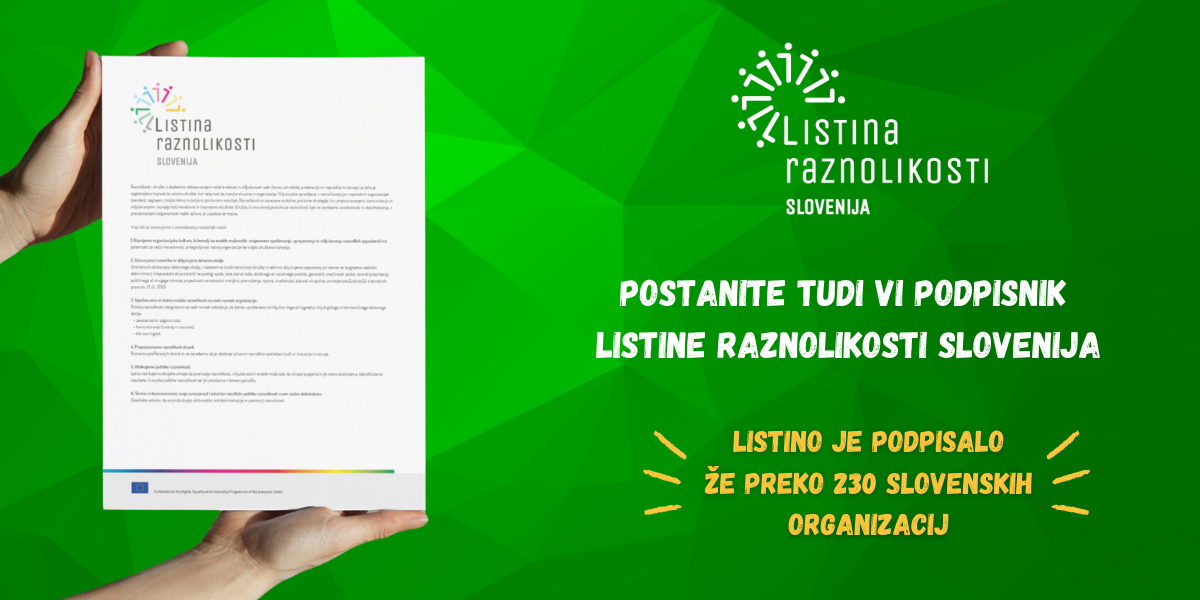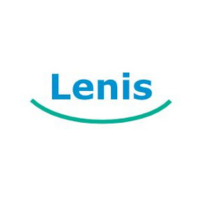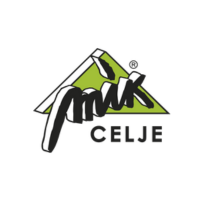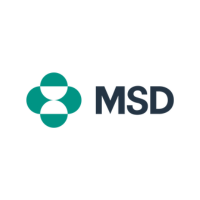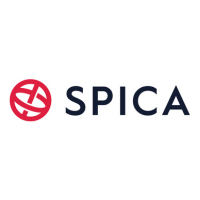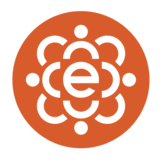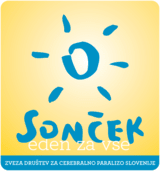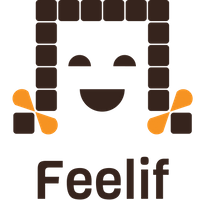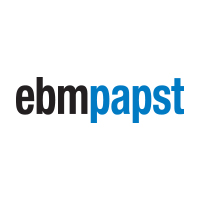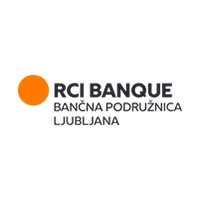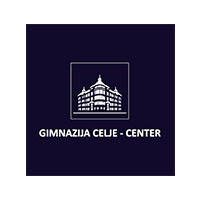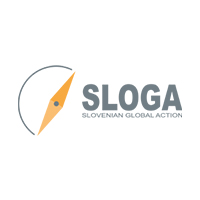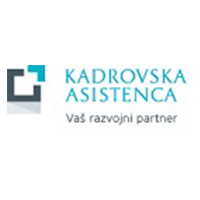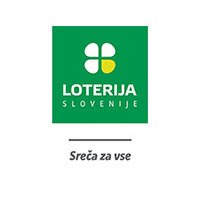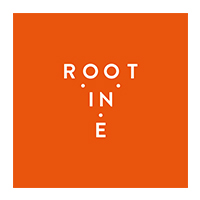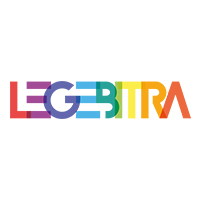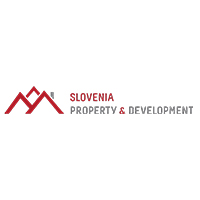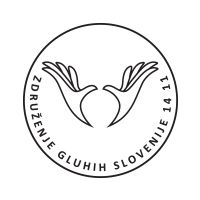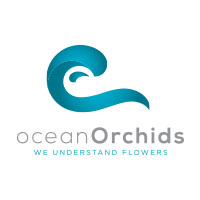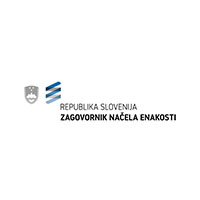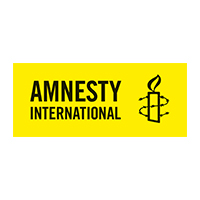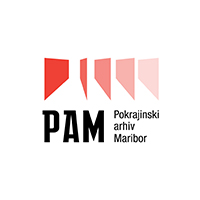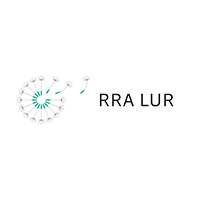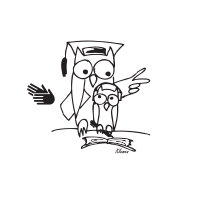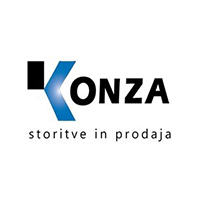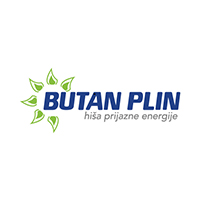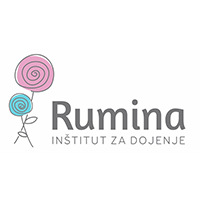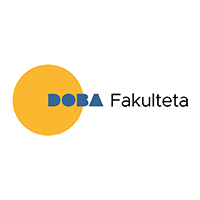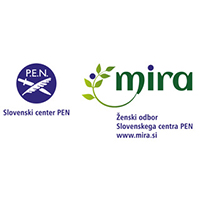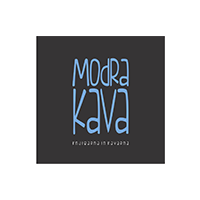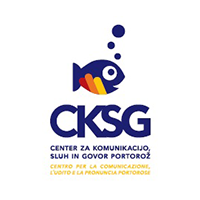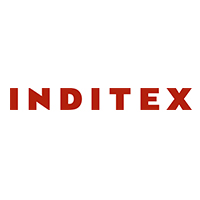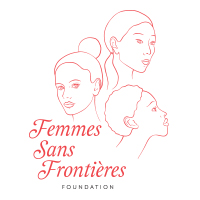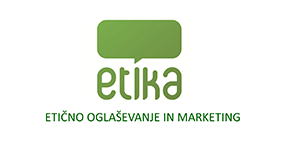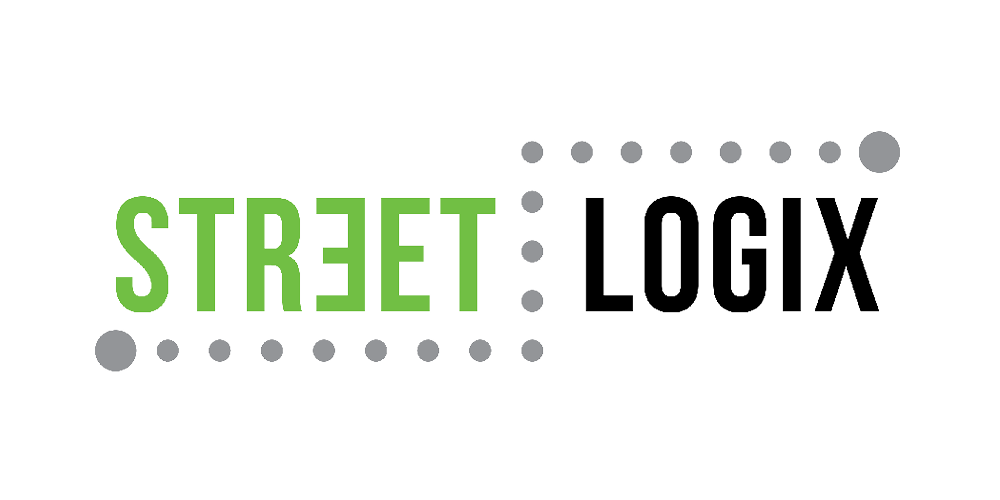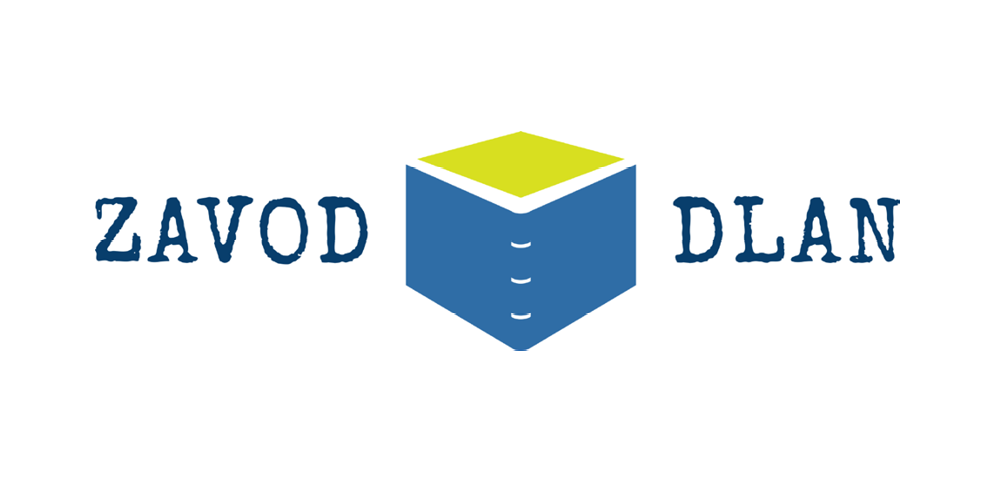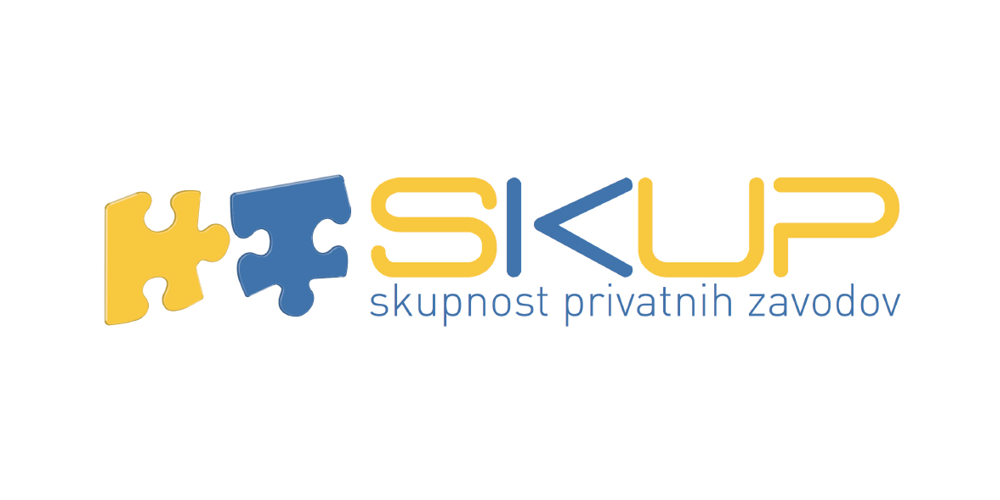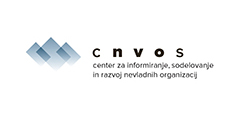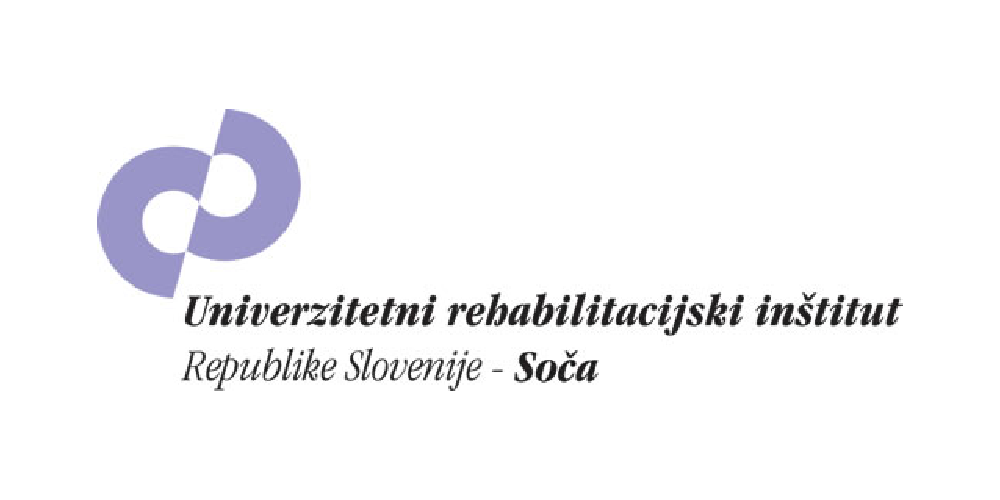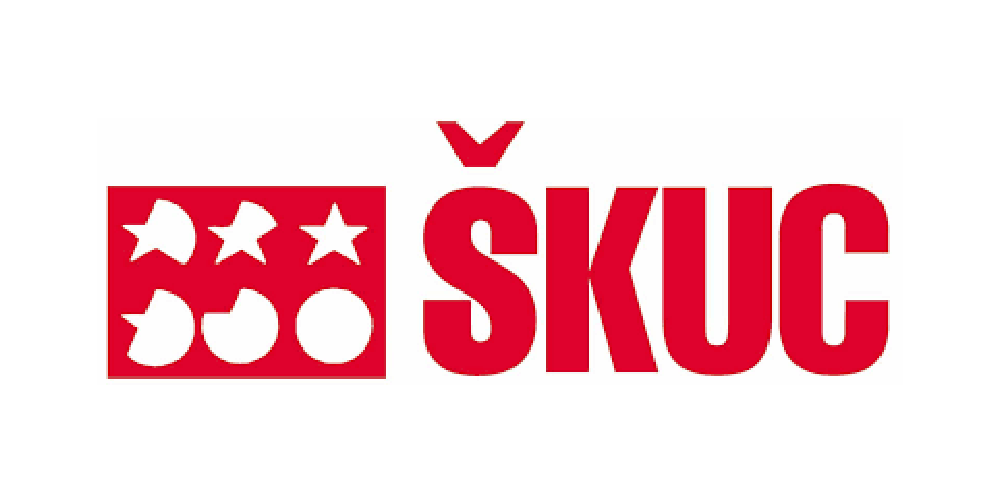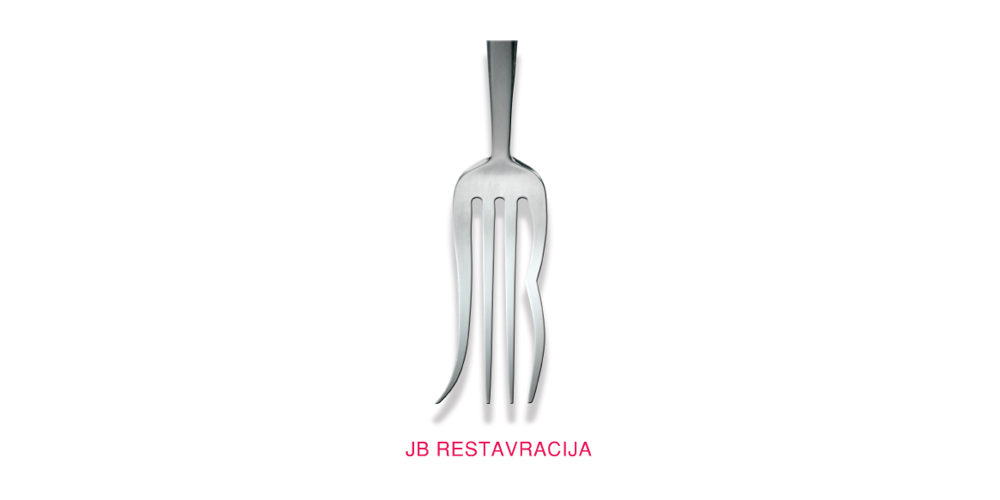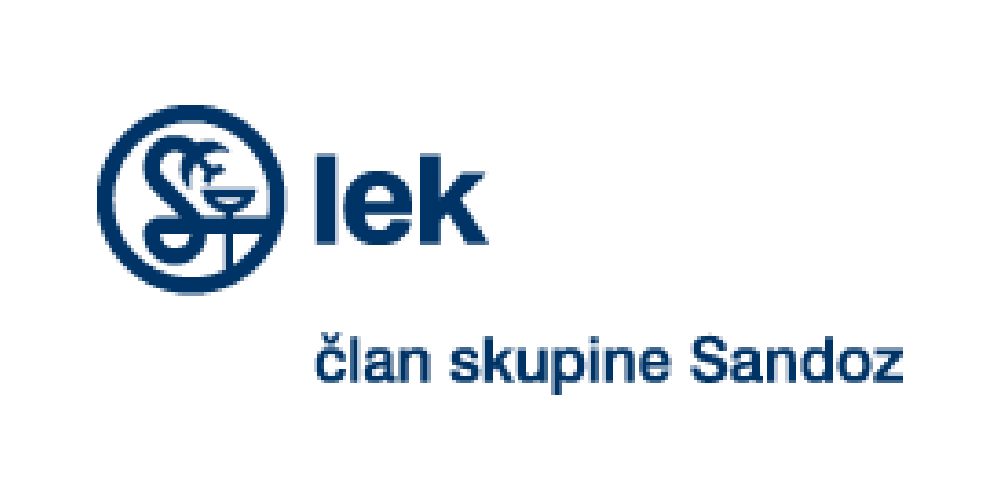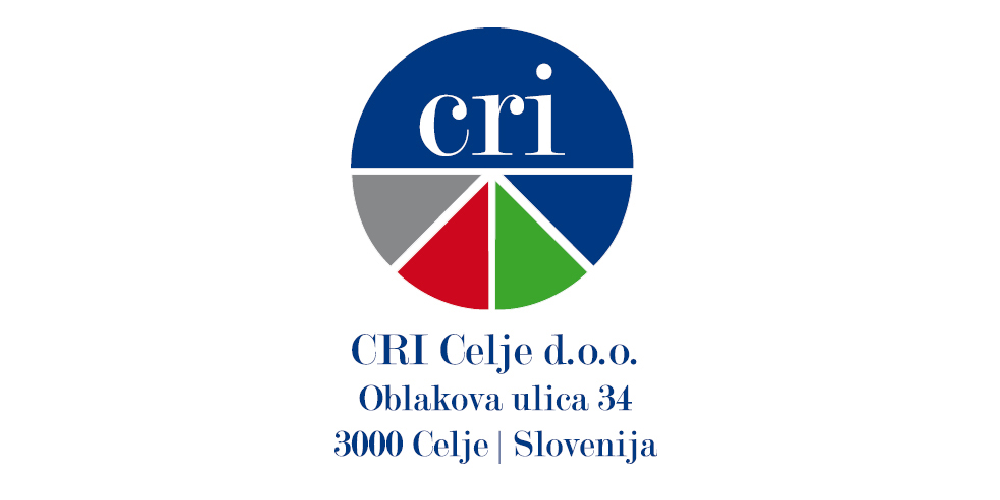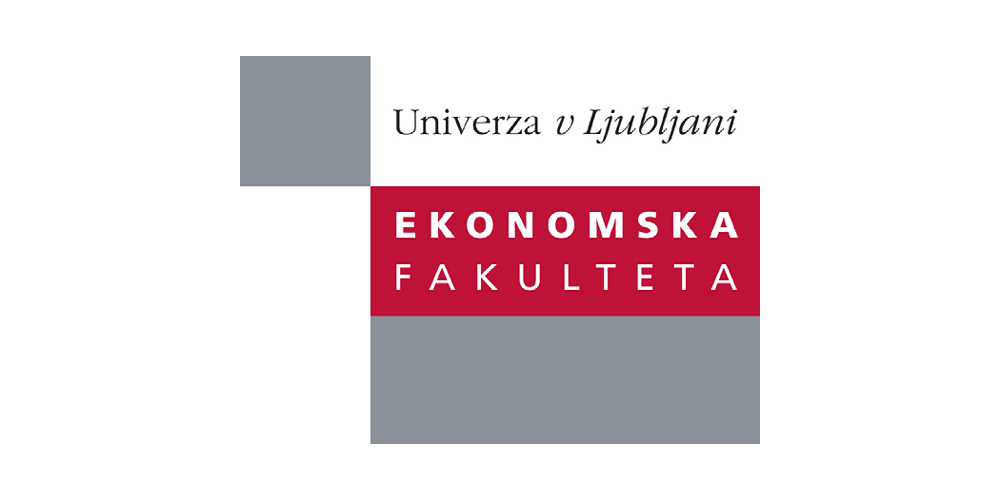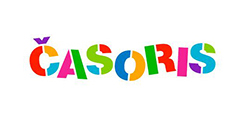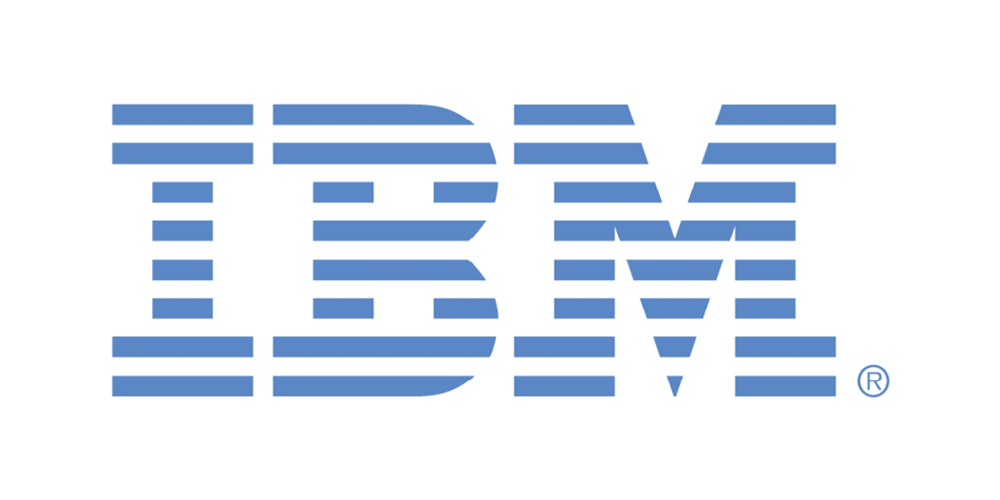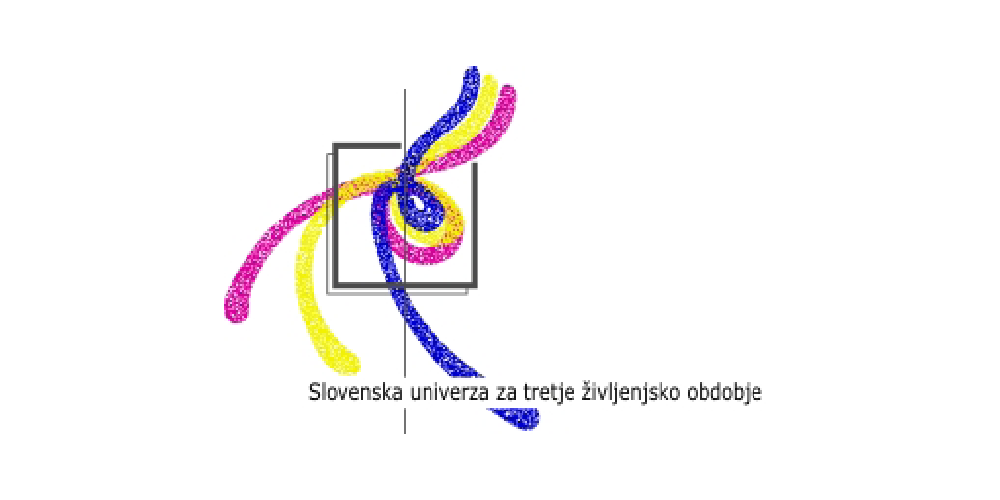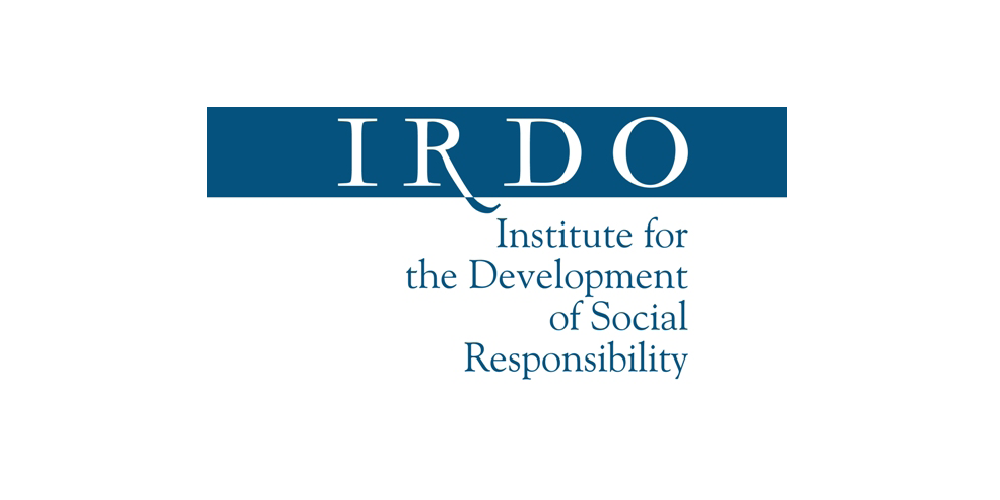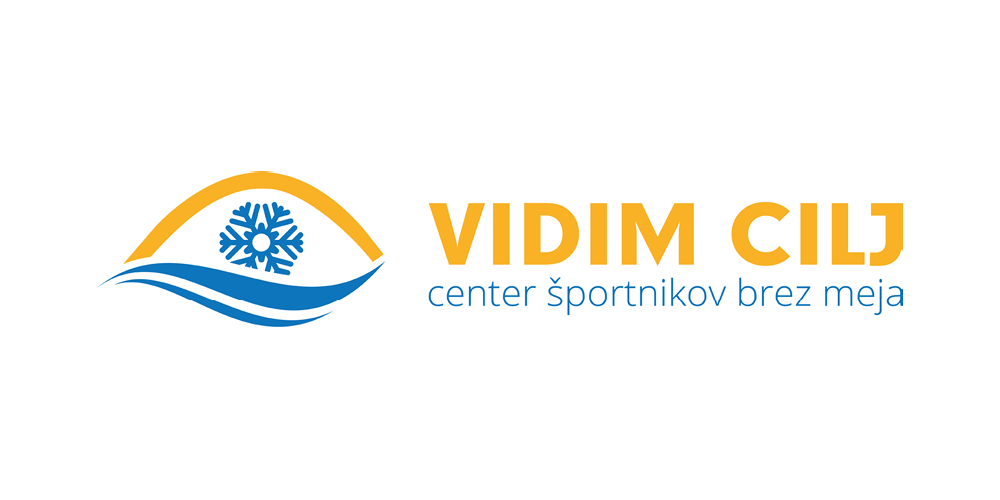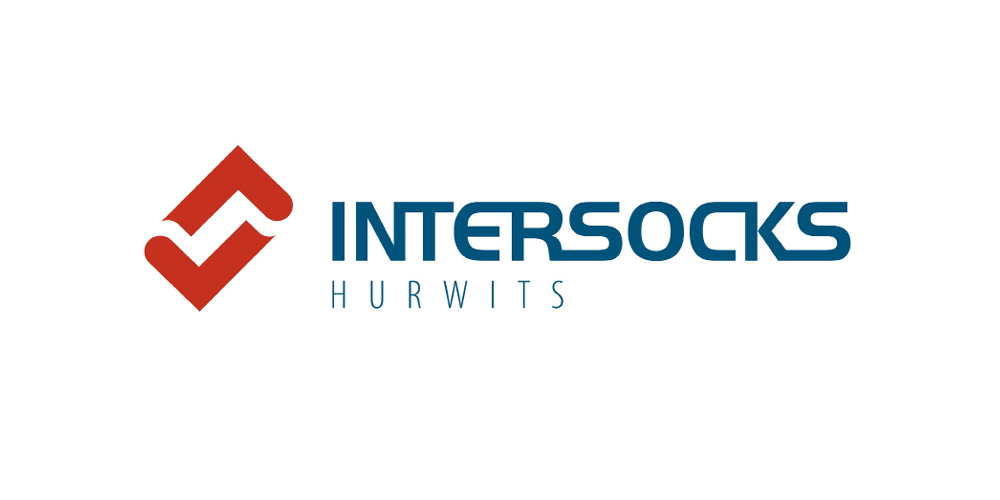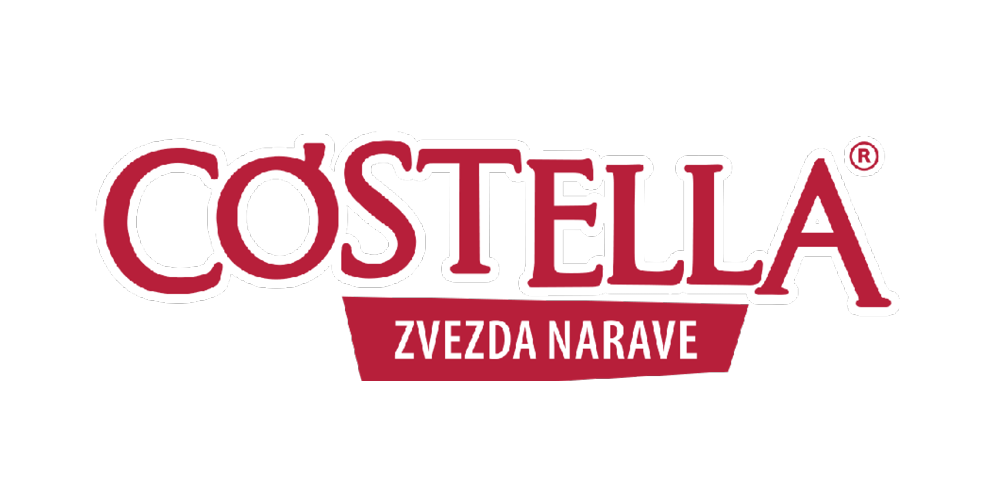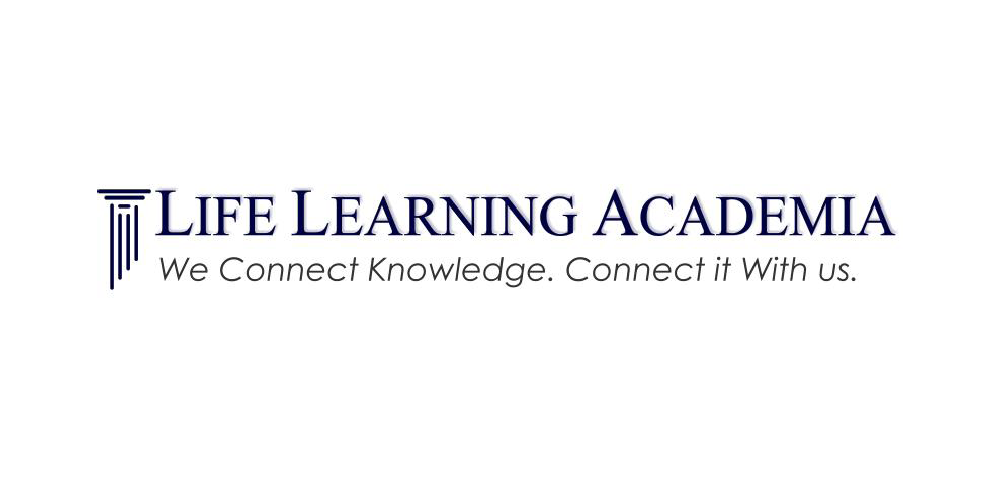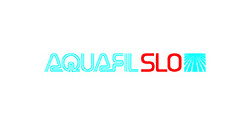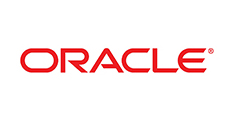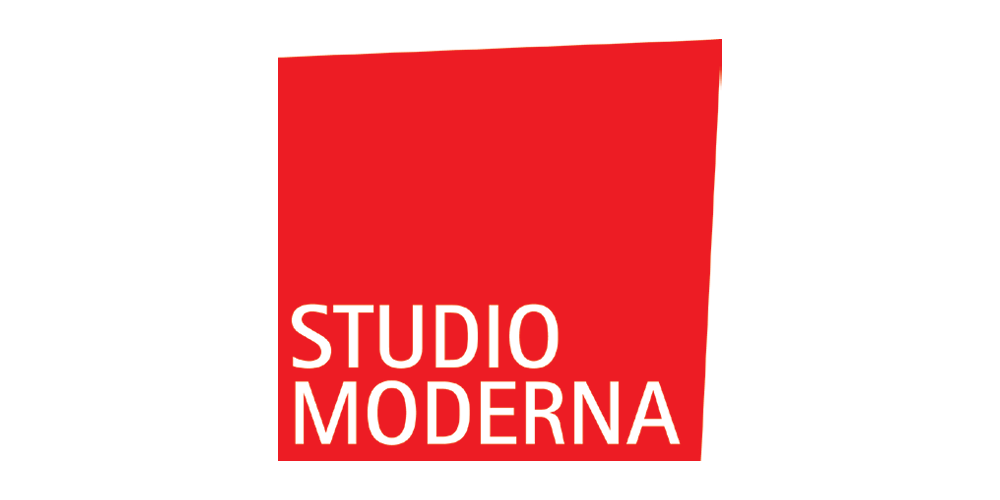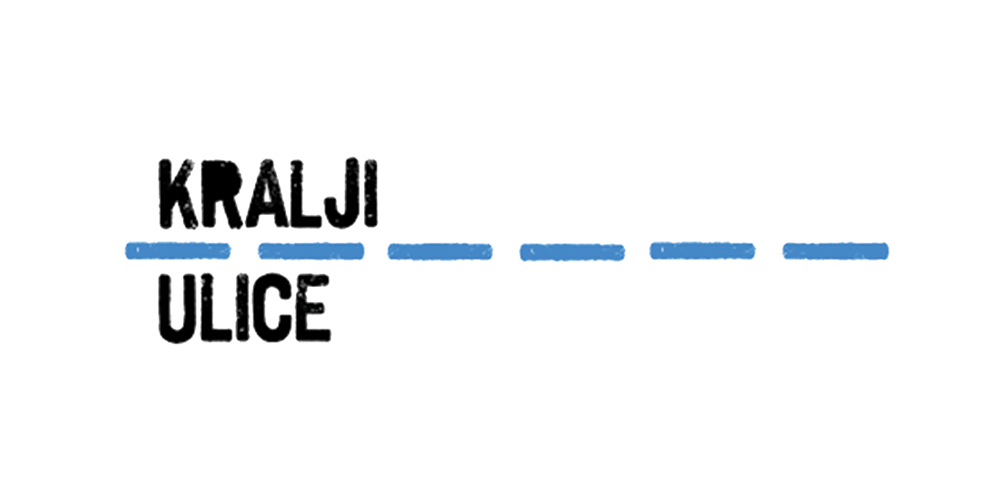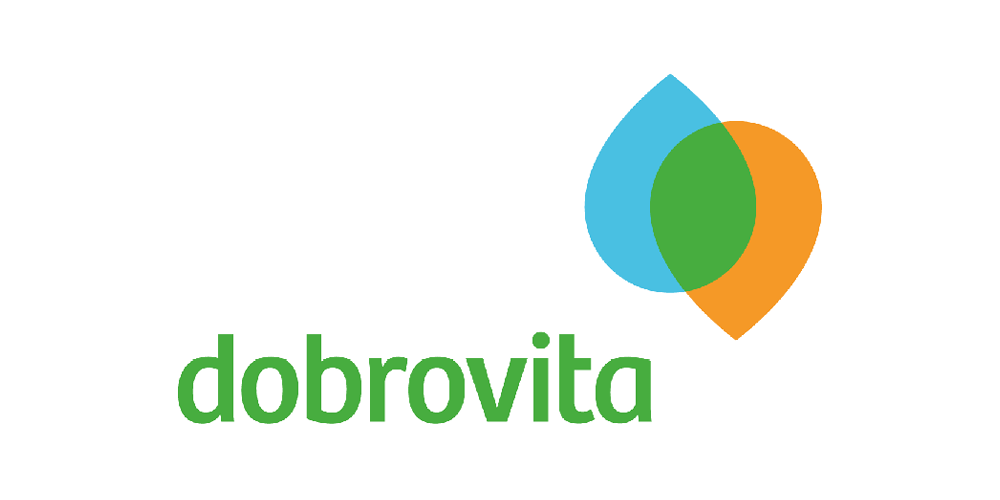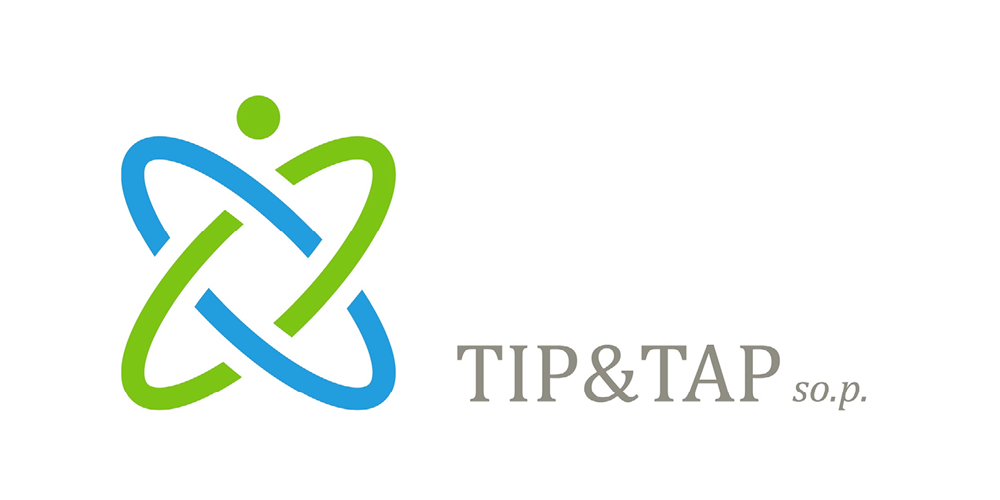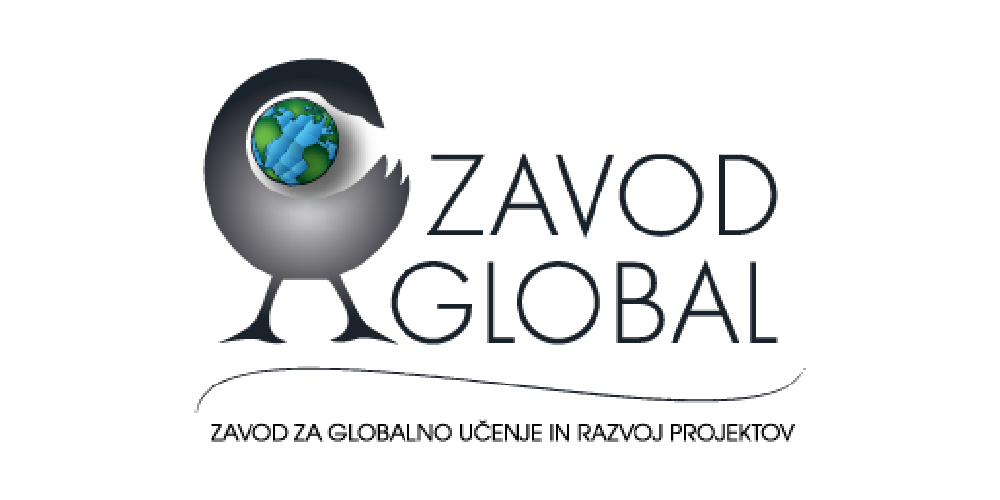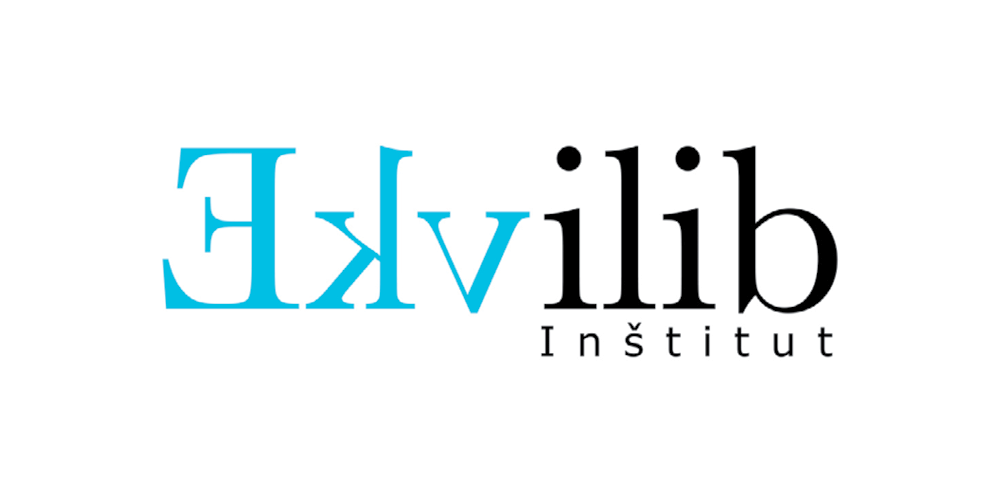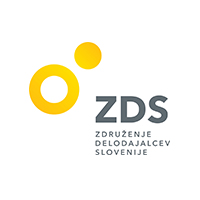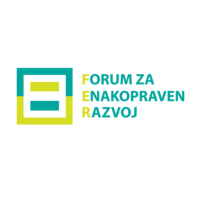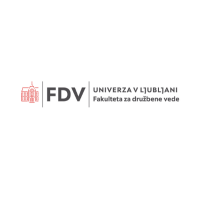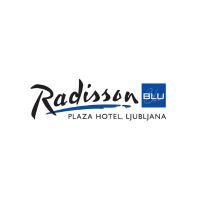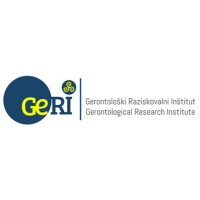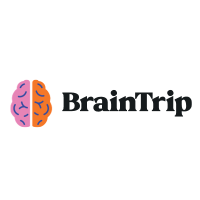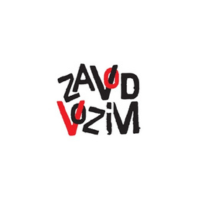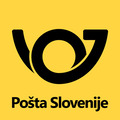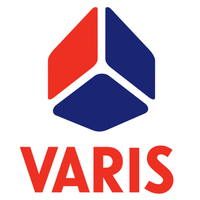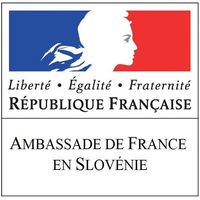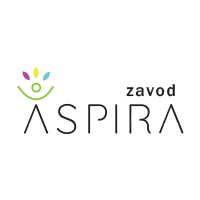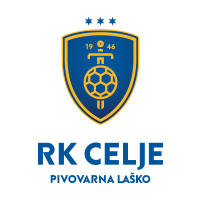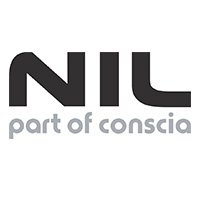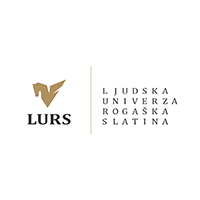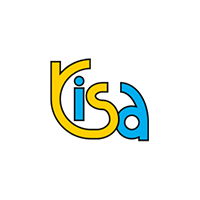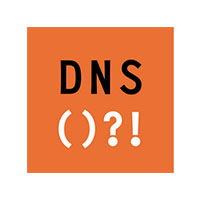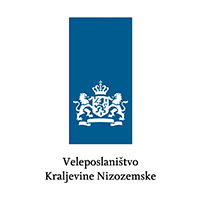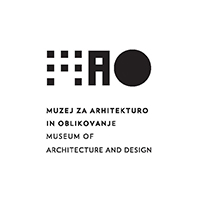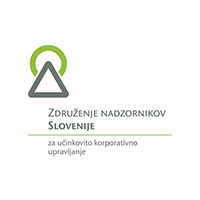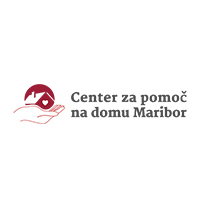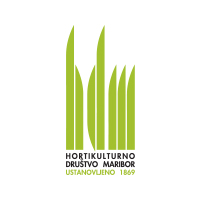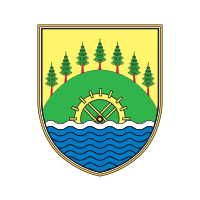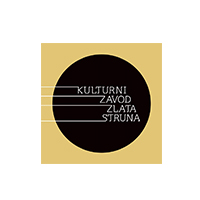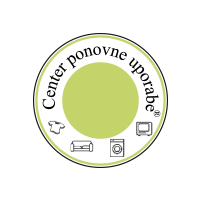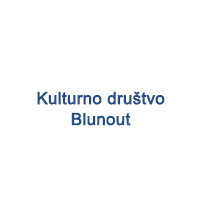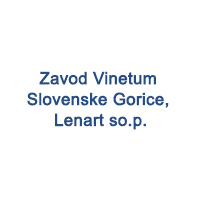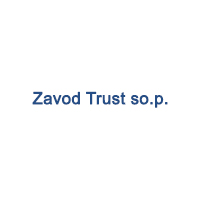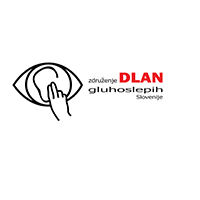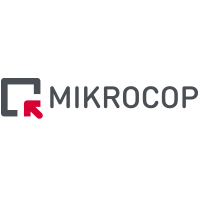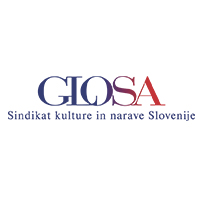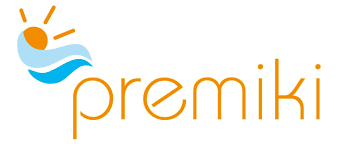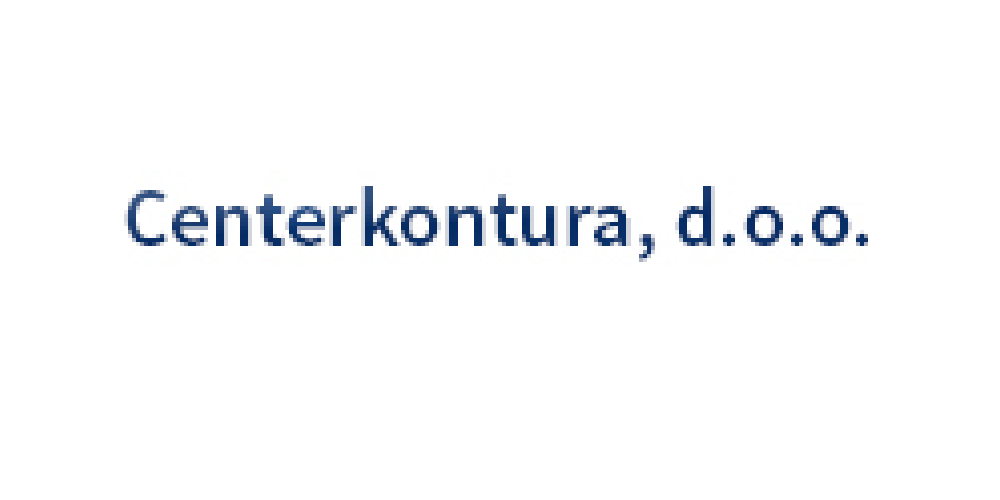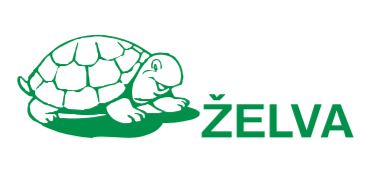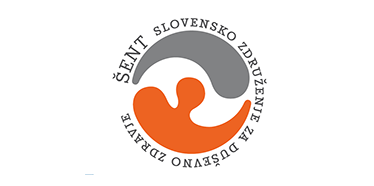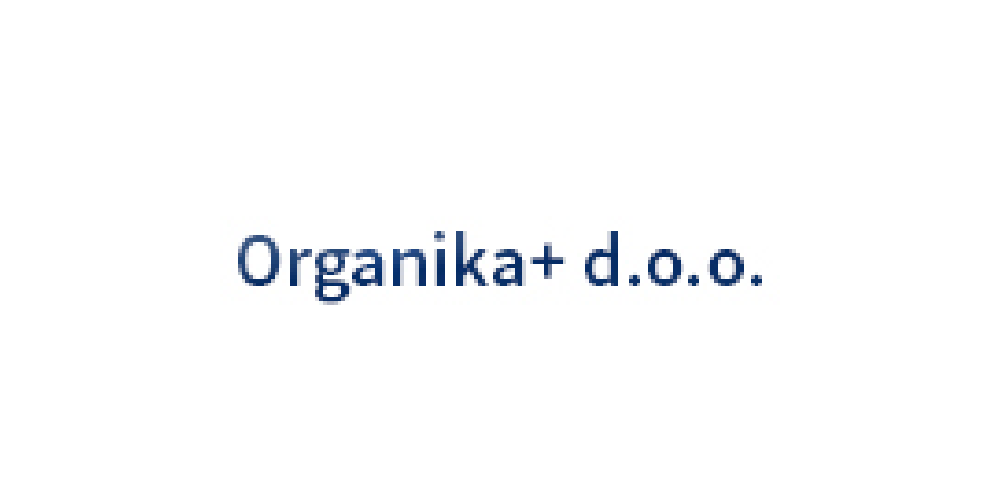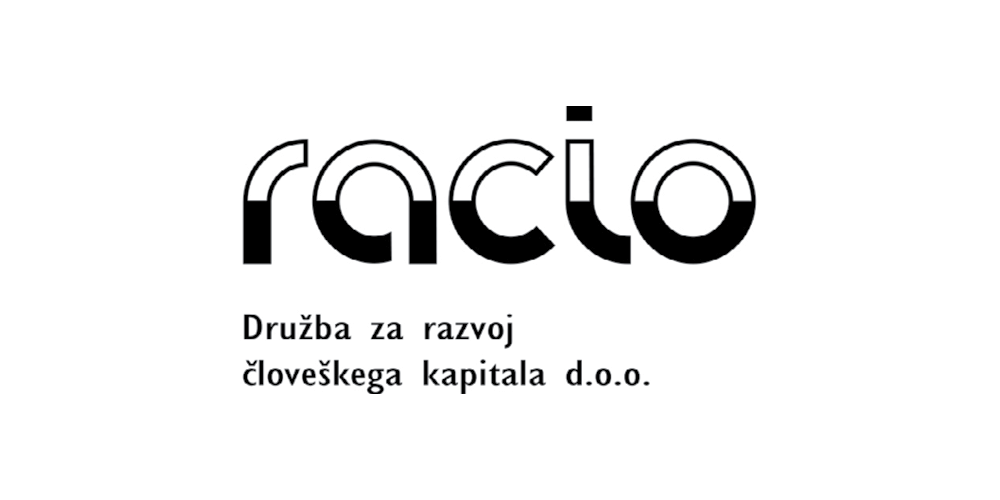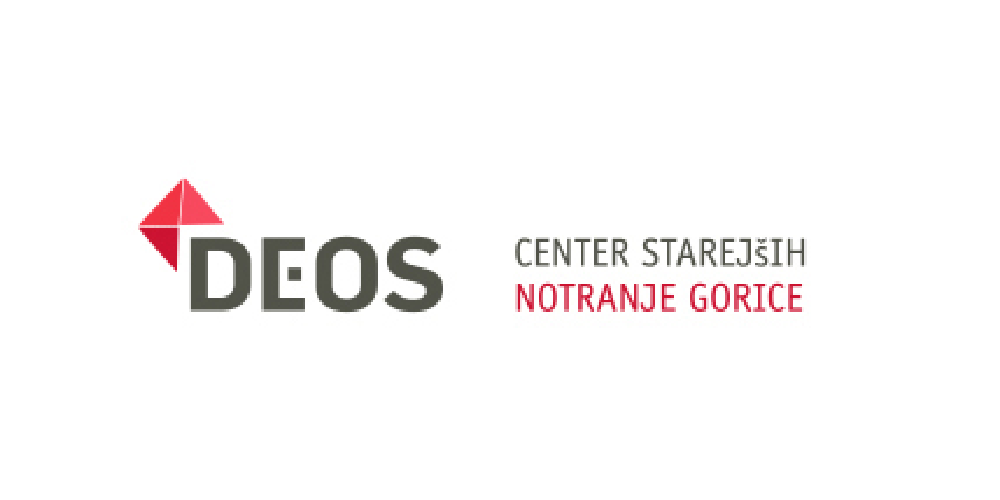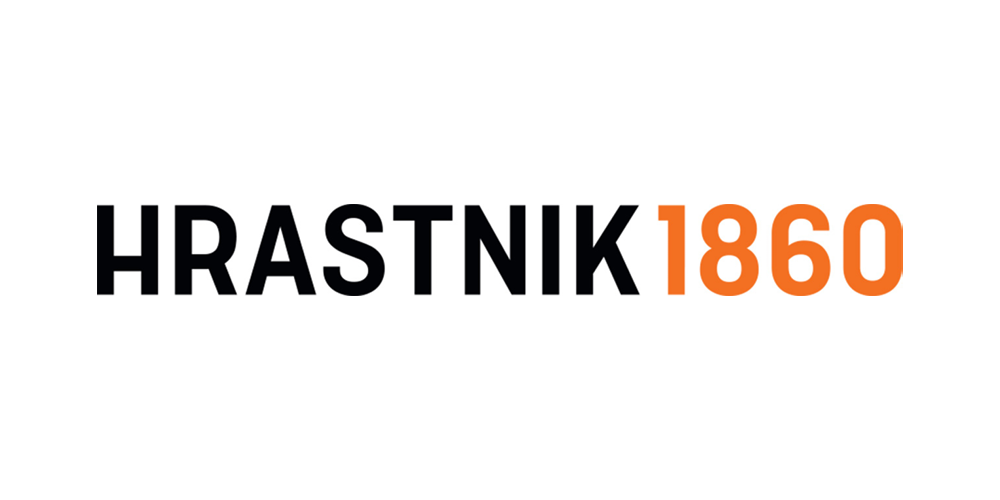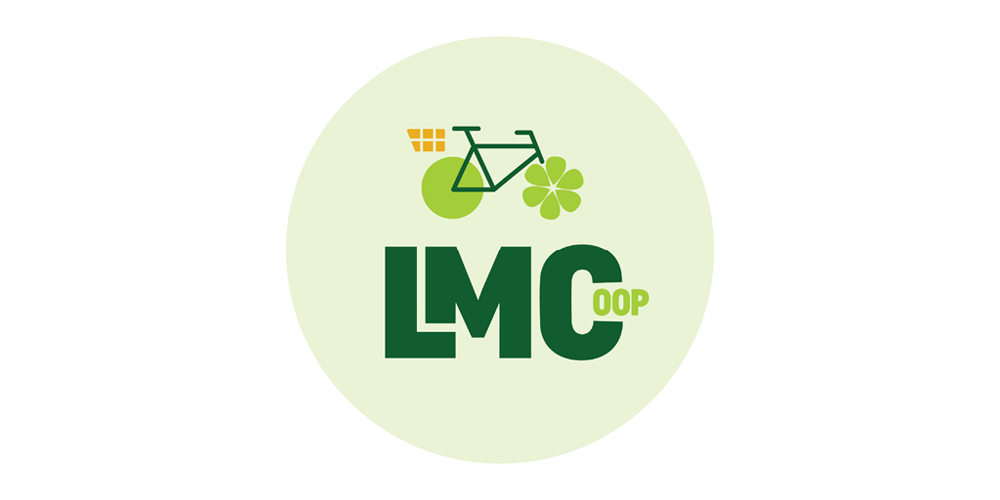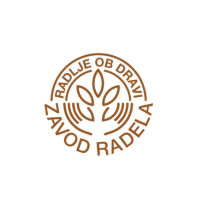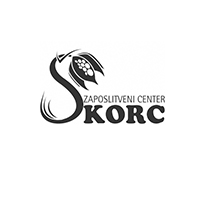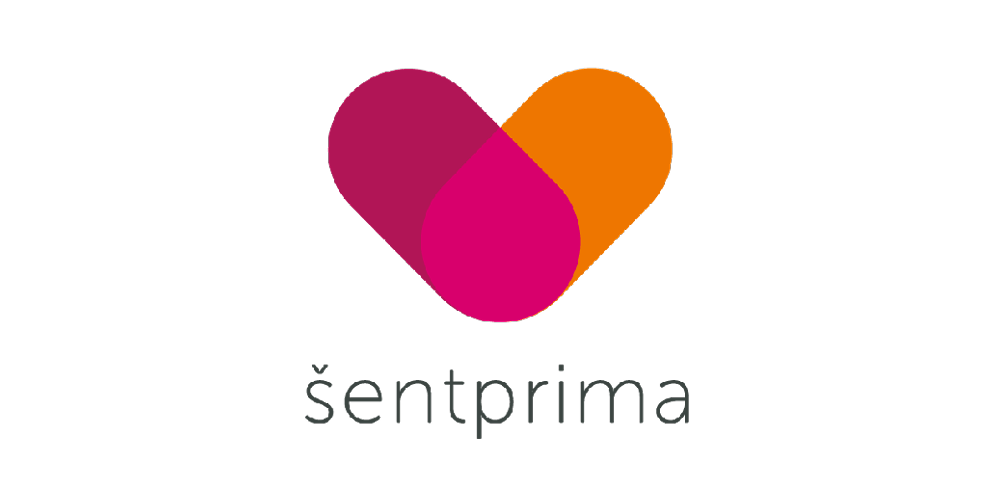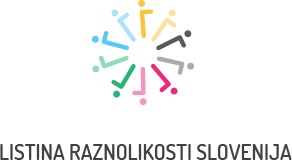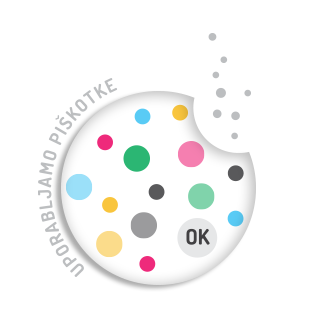“What counts today are people and what they bring to the company
not their social or ethnic origin, age, sex, not even their educational background.”

Now Head of the Institute for research and development of education within Slovenian Third Age University, Dušana Findeisen has been dealing with education of older people in former Yugoslavia, Slovenia and in many European countries since 1984. In 1986 she co/established Slovenian Third Age University together with Prof. Dr. Ana Krajnc from the University of Ljubljana, developed its specific model and started building theory of older adult education and social participation of older people in relation to their life course, social transitions and local development. Education of older adults in Slovenia led to the establishment of nearly 1000 workplaces for educators of all generations and numerous local initiatives of self-organised groups of older people.
1. Why and since when does your company believe and invest in diversity management?
Well, to begin with, non-profit organisations in the third sector differ from public and private organisations, as you know. The reason why we exist is different, quite often NGOs are born to meet their founders’ needs as well as the needs of a social group or community. In my case, I am one of the two founders of Slovenian Third Age University, I was not happy with the possibilities offered to me by my ex-working organization. I wanted more and different. And I thought that we should not primarily think about making money offering language education and training to the social elite. What about older people? If education is good for scientists, politicians, managers, doctors, lawyers, etc., it should also be good for older people. Why not them? So, from the very beginning in 1984 there was this idea of social fairness that led me and later us to the establishment first of the School for Third Age, then Slovenian Third Age University. We, my colleagues and myself, were in involved in a creative process and in such processes, intergenerational intercultural bonds and diversity are welcome and natural. So, in our case this was not intentional diversity management as you call it.
2. What aspects of diversity management have the highest priority in your company?
It may sound as a paradox, but we discovered that age prejudices and stereotypes in our environment exist, though one of our mission principles is being positive about different ages and older people. There are study groups of older people who would not like to have older or younger mentors, there are individuals who are not happy to have with them older people over 80. When they get to know each other, when they learn about each other’s stories, everything changes. Knowing the story of the other person changes the relationship and attitudes. There are problems with accepting refugees and so many prejudices to combat. Next, researching refugees issues (real-life stories in the project RefugeesIn, social cinema for refugee social inclusion) and delivering a course pertaining to this issue we discovered that we were a sort of miniaturized society and that we behaved in the same way as others, though the situation of older people is similar to the situation of refugees who are also burdened by social prejudices and stereotypes. Therefore, we continue running sensitivity increasing events and education on this topic.
3. Which D&I activities have been implemented in your organisation so far?
In fact, we have never stopped researching old age, ageism, older people’s competencies, lifelong education and lifelong work including all generations. We cannot say that there are single activities, all our endeavours are in favour of age and origin diversity. So, I could not single out any of them.
4. Many companies aren’t prioritising inclusion and diversity initiatives right now. Why should they reconsider?
Talking about companies, respecting diversity is essential. What counts today are people and what they bring to the company not their social or ethnic origin, age, sex, not even their educational background. Interconnectivity is essential in terms of companies, work, workers, cultures, generations. In no time, our economies will lack people with disciplinary knowledge but also competencies, experiential knowledge competencies gained in real professional situations. The more intercultural they are, the more intergenerational these situations are, the better social inclusion and productivity and of course interpersonal learning.
5. In your opinion, what tangible benefits does diversity bring to your company?
It brings learning and the results of learning, the ability to cope with changes in this globalized world, the ability to communicate which is one of the essential abilities today. It also brings better digital inclusion uniting digital natives and digital migrants that is different generations.
6. Can you name three diversity challenges that companies have to pay attention to?
Yes, there is the need to educate employees and managers as well as company owners about each other, before they start working together.
It is necessary to include everybody and all generations into training. To put a stop on such thinking like that it is not worth investing in older workers (who by the way stay longer in companies than younger ones who remain on average only five years with a company).
There is no such thing that technology exclusively for younger workers. This would be a big mistake.
Companies and all their workers have to develop together if not companies will get lost. Namely, the most important company’s assets are people.
In 1990 80 % of the company’s worth were material assets. Today 90 % of the company’s worth are people. Think of it all the time!
7. What do you do to convince your colleagues to see the value in diversity management, or even more to truly get them on board?
We use/ I use articles, public appearances, lectures, reading literature, discussion. Final decision, in any case, belongs to the Board.

